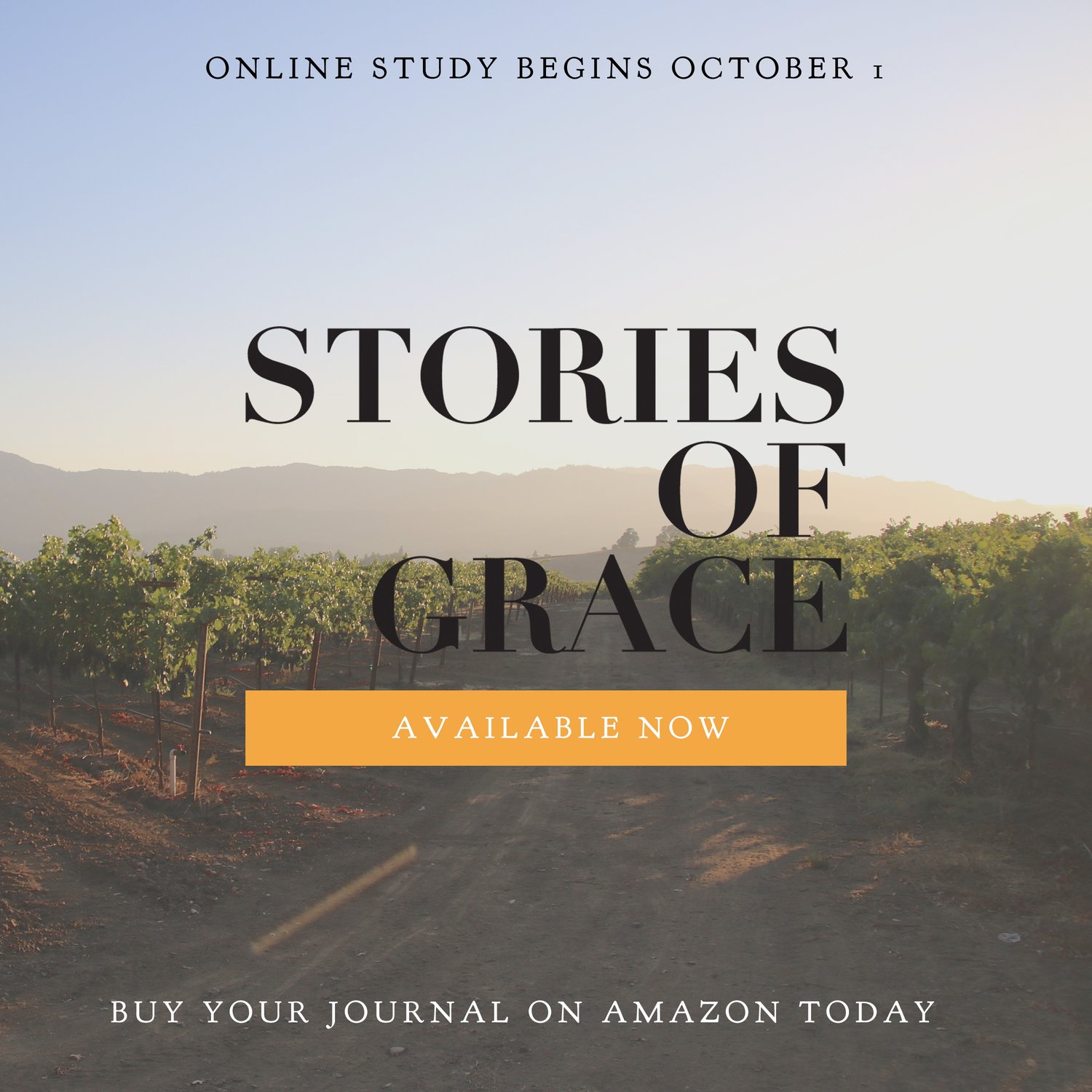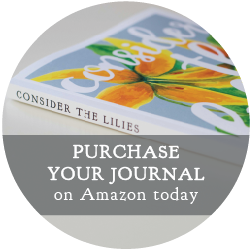10 Habits of Happy Mothers: More on Refusing to Compete or Compare
/Last time, we took a first look at competing and comparing and how we hurt ourselves by engaging in competitive tussles with other mothers. In the combox, Natalia made an important distinction:
Does comparison equal competition?
I struggled with this chapter because I felt I couldn't relate. Not because I don't compare myself to others, but because I don't feel that I compete. I wonder if it IS an American thing.( I always say that the reason why the Dominican Republic doesn't win anything in the Olympics is that we don't take things seriously enough. No baseball or soccer moms there!)
Anyhow, whether you call it competition or comparison, comparisons are deadly. When we compare, we always come out a loser. What a waste of precious energy! And what a missed opportunity to see, really see, what the Lord is doing in our own lives!
I don't want to sound as if I don't struggle with this. I struggle with envy. I see others and wish I had the talents they have, the house they have, the admiration they have. But I don't feel is a competition. I don't want to be better than they. I just want what they have, does that make sense?
I think her point makes perfect sense! And I also think it's an important distinction. When we compare, we often beat ourselves up and hold ourselves in contempt for not being what we perceive other people to be or having what we think they have. I think most of the damage done with comparing is done internally; we do it to ourselves.
When we compete, it often (always?) begins as a comparison, but we extend it and we try to be better (smarter, more organized, more efficient, thinner, prettier, more accomplished) than the person to whom we compare ourselves. We don't leave the thought at wishing we could have or be what they have; we want more than they have. We wrestle for position in our own eyes and the eyes of others. Dr. Meeker writes, "As moms we compete in two arenas, we have our lives as well as the lives of our kids to watch out for. Sometimes jealousy takes such a strong hold on us that we have difficulty having any good relationships with other mothers. When we are jealous of other mothers because they seem to have life perfectly balanced or figured out, we find ourselves wanting to be with them and hating to be near them, all at the same time. We want to see how they do it, but since we feel that we can’t do what they do or have what they have, we leave angrier than ever. We always feel so inadequate or guilty when we are with them that we just scrap the whole friendship thing altogether."
I've seen this go very wrong. It begins as a friendship and there is some degree of mutual trust. Two women let each other into one another's intimate thoughts and hearts. And then one or both of them begin to try to prove to the other (and to other people) that she is superior. Maybe it's really just that she's trying to prove it to herself. In the comparing and the competing, she tears the other woman down. She pounces on flaws--real or imagined-and exposes them. She relishes for a fleeting moment in feeling superior. But then she is left alone and lonely. The people around her are likely to recognize what happened and to steer clear. Who wants a friends who tears down the other women in her life? The friend she harmed establishes a firm boundary and holds her at a safe distance. In the end, she is left with bitterness. And not much else.
There are several ways the author suggests that we overcome competition. Before we put them into action, though, we have to discern that we don't want to compete. We have to believe that mothers and friends are better off if they cooperate. You can't hold on to competition with one hand and try to cooperate with the other. It doesn't work. And competition, fueled by inevitable anger, will win. Why do you want to compete? What will it gain you? If you have everything that other woman has and you succeed in besting her, where does that leave you? Is it really a better place?
Dr. Meeker suggests, among other things, that women focus on fullness instead of emptiness. This echoes the urgent call to gratitude so many women have heard and answered this year. Gratitude works. It blesses in friendships as in every other realm of our lives as women. When we focus on the fullness of our lives and the blessings other women are to us, we are liberated from the bondage of competition.
In addition to gazing on what we have and intentionally giving thanks for it, Dr. Meeker challenges us to be kind. The habit of kindness and the power it has to bring about miracles in our lives is a favorite topic of mine. Dr. Meeker reminds us that, Being kind to loved ones is easy, and it makes us feel good because when they are happier, we feel happier. Helping good friends and loved ones can be a bit self-serving because we usually reap great rewards for our kindness toward them. Either we directly benefit from it, or they return the favor. But the real test comes when we reach out on behalf of those we don’t really like. And most often we don’t really like the mothers whom we’re really jealous of. So if we want to get rid of our jealousy, the best way to shovel out the rot of the feelings is to find something very nice to do for the other mother
I'm not sure that my experience bears out mothers not really liking the one whom who inspires feelings of jealousy or inferiority in their lives. I think it's very possible to want what a good friend has. The divergence comes in what happens next. If we are truly good friends, we don't tear her down in an effort to get it, even though we wish we had it. Instead, we are genuinely glad on her behalf. This is the point Natalia was making. All comparison isn't competition. I think comparing often leads us to feeling badly about ourselves. Competing invariably hurts both ourselves and the other woman.
Regardless of the distinction, kindness is a good antidote both comparing and competing. Many a friendship, long, loyal, and self-sacrificing, rested at first on no thicker a foundation than a kind word. We can cultivate a habit of kind listening, where once we were mentally comparing and one-upping and planning the destruction (even a little) of the woman speaking. We can stretch to forgive and excuse and understand others, offering the genuine warmth of Christian charity. In behaving this way, we find ourselves shining the best light on our friends, rather than tearing them down. A corollary here is refusing to engage in gossip. Ever. Even if it costs the friendship if the third party, we can't allow ourselves to gossip about a mutual friend. Good friends don't do that. Happy mothers don't do that. Gossip invariably dissolves in bitter misery.
Speaking of friends, my dear friend just walked in. And since this "laptop" is hogging all the table space, it's time to put it away and have lunch with a woman who has stood shoulder-to shoulder with me in the mommyhood since our big girls were not yet school-aged. I'm counting my blessings and she's on the list.
How about you?
~~~
{{This post is the 8th in a series discussing The 10 Habits of Happy Mothers: Reclaiming our Passion, Purpose, and Sanity.}}
The rest of our discussions of The 10 Habits of Happy Mothers: Reclaiming our Passion, Purpose, and Sanity can be found here. The first two conversations are
Part 1(discussing Habit 1)
Part 2 (still discussing Habit 1)
Part 3 (still more on Habit 1)
Part 4 (Habit 2: key friendships)
Part 5 (Habit 2: your thoughts on friendship_
Part 6 (Habit 3: Value and Practice Faith)
Part 7(Habit 4: Say No to Competition)





